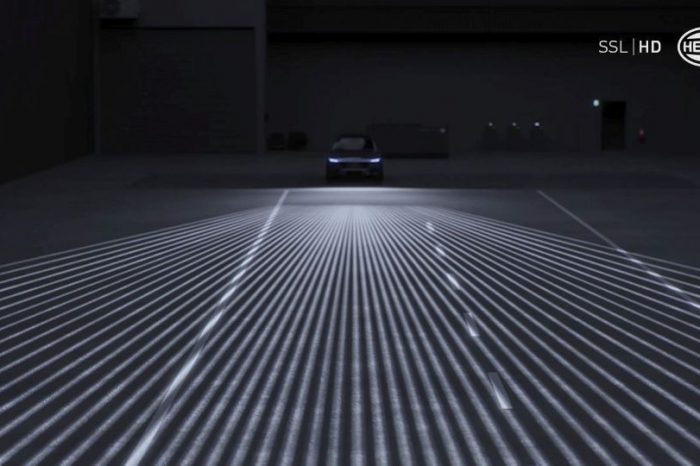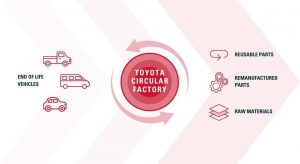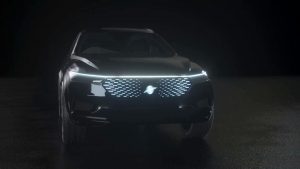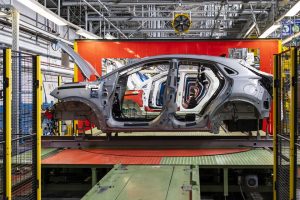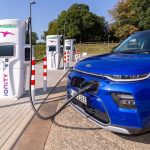PwC: 55 percent of European consumers intend to buy electric vehicles in the next two years
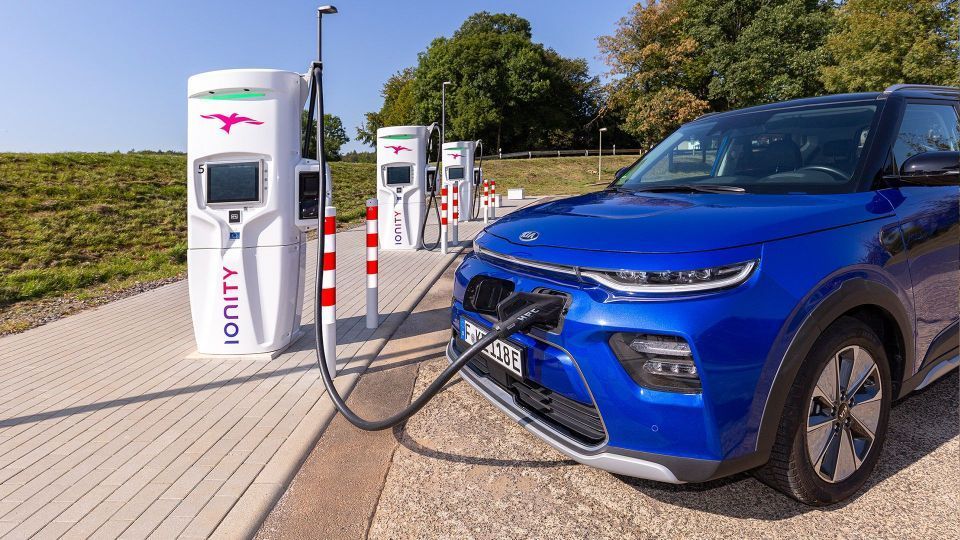
Interest in electric vehicles is growing in Europe, with 55 percent of consumers and 100 percent of fleet managers stating their intention to buy such a vehicle in the next two years, according to the e-Readiness Report 2021 Survey conducted by Strategy &, the global strategy department of the PwC network.
Electric vehicle sales could reach 23 percent (1.7 million units) of total new car sales by 2024 in Europe’s top six markets (France, Germany, Italy, Norway, Spain and Switzerland), with battery electric vehicles (BEV) being more popular than the hybrid plug-in (PHEV) option. The fleet segment (B2B) will remain the most attractive, with an estimated share of approximately 55 percent of the total electric car market. The three most important criteria considered for such acquisitions will be: company image, tax incentives and carbon-footprint reduction. Over the next two years, big companies will own the largest fleets of electric cars, with medium-sized companies seeing the largest growth in ownership.
“In recent years, European consumers’ increasing concerns with protecting the environment have led to more interest in green cars. The car market could recover after the current health crisis through a greater orientation towards electric vehicles, especially as many states support the purchase of electric and hybrid cars through financial incentives amounting to more than a third of the retail sales price in some markets”, says Daniel Anghel, Partner, Automotive Industry Leader, PwC Romania.
In Romania, the authorities want to support the purchase of green vehicles through the Rabla Plus programme by offering an eco-label of RON 45,000 for the purchase of a new pure electric vehicle and RON 20,000 for the purchase of a new hybrid electric vehicle.
The main factors mentioned by the respondents for choosing an electric car are the fuel economy, the impact on the environment and the ability to charge the car at home. The arguments against such purchases include charging times and the lack of a public charging infrastructure.
The report also shows that a market for used electric cars is emerging. Used electric vehicles are mainly sought by younger and lower income customers. Two thirds (67 percent) of European consumers who want to buy an electric vehicle in the next three years would consider a second-hand purchase. Only 15 percent of current electric vehicle owners bought them second-hand.
Typology of electric car buyers
The analysis grouped European consumers considering purchasing an electric car by six types of behaviour:
- Dreamers (environment and climate change are top priorities; digital native, feels
comfortable with technology; is willing to pay higher price for a good cause; avoids using car whenever possible);
- Tech Enthusiast (concerned about the environment, but that is not the first priority; early adopter, has high confidence with technology; willing to pay extra to gain early access to technologies; combines the car with other means of transport);
- Luxurious (environment is amongst the lowest priorities; buys mainstream technology but uses basic functionalities; price is not a concern; uses car as primary transportation);
- Pragmatic (environment is crucial but not worth the extra mile; digital native, feels
comfortable with technology; important but not a priority, seeks good price/quality ratio; combines the car with other means of transport);
- Conventionalist (not particularly concerned about the environment; uses basic technology once it becomes popular; saving is important, but “you get what you pay for”; uses car as primary transportation);
- Frugal (concerned about the environment, but it is not the first priority; not technology addicted, uses it to find opportunities; price conscious, always looking for bargains; minimises car usage and prefers cheaper alternatives).
The report was conducted with more than 4,000 consumers in the six largest markets mentioned above and 103 medium and large corporations with vehicle fleets of over 100 units.




